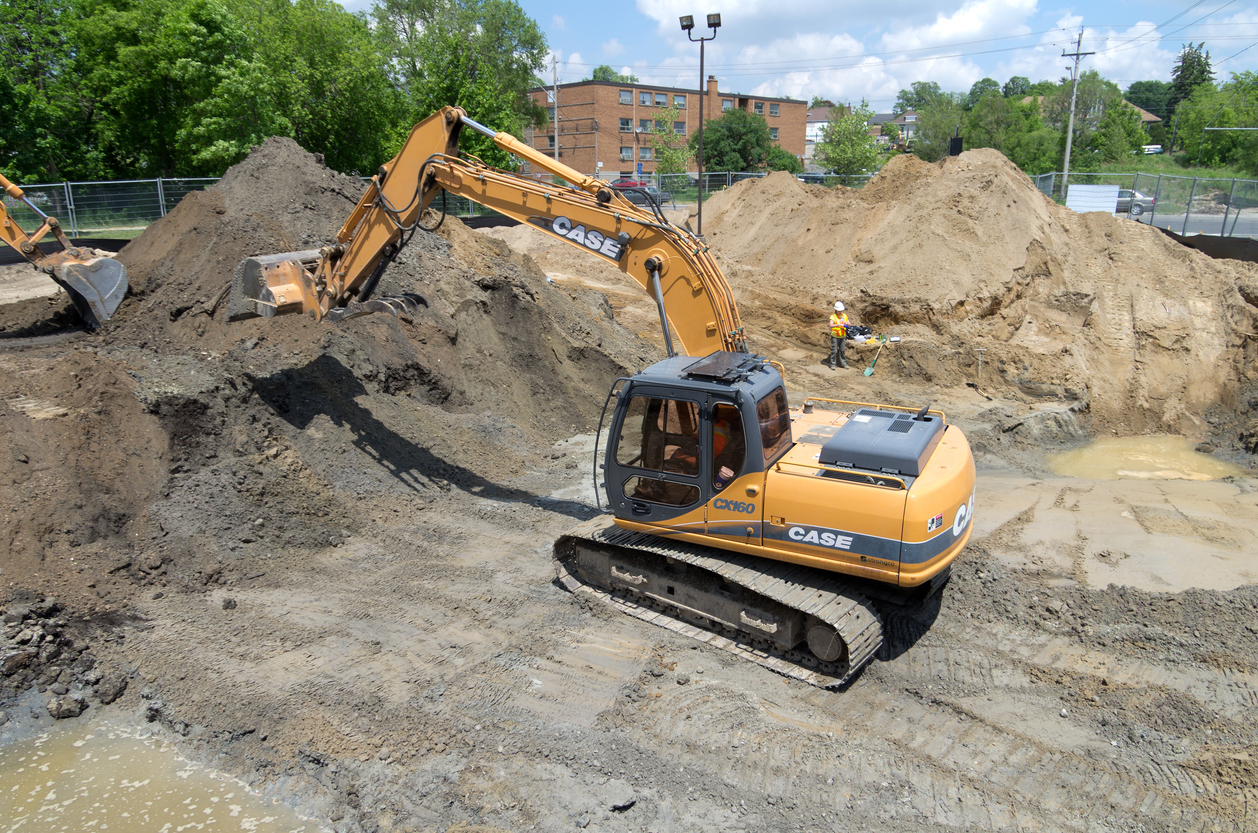The Negative Impact of Unused Brownfield Sites
Unused brownfield sites need to be decontaminated and developed for communities to reap the benefits. Until then, while they are bare and unused, they contribute to the loss of value for property in the vicinity, a loss in tax revenue, and they may be a threat to the environment and the health of the surrounding communities if the land is contaminated. Once brownfield sites have been decontaminated and redeveloped, they bring value to the community.
The Benefits of Brownfield Site Development
Brownfield sites are good sites to develop. They are typically located in areas which are already developed and already serve a community. Often, they have existing infrastructure, so developers don’t need to build necessary infrastructure from scratch. There are more benefits, though. Let’s discuss them.
Developing Brownfield Sites Is Good for the Environment
People walking through the land to take shortcuts may be affected by contaminants, as may local wildlife. The contaminants may also seep into the water table, causing further damage to the local environment. Once the land has been cleared of pollutants, the local population are no longer at risk of health issues, and the environment can recover.
Beyond decontamination, when developers use brownfield sites, they reduce urban sprawl and the additional environmental impact associated with greenfield development. Greenfield sites bring more traffic, and thus pollution, and they increase electricity consumption.
The Social Benefits of Developing on Brownfield Sites
With the health of the local community no longer at risk, the newly developed land can create new residential, commercial, or recreational services. The local council may have to rezone the property, but whether this is necessary or not, the lives of the local community will still improve.
Brownfield Development Is Good for the Local Economy
Private investment can be highly beneficial to the local economy. When developers reuse and redevelop brownfield land, they reinvigorate the local economy by creating jobs through both construction and the creation of valuable developments. These developments may result in commercial or industrial job creation or housing.
If you’ve ever wondered why brownfield sites present good development opportunities, now you know. When your efforts are beneficial to the local community, your projects are more likely to be successful and get buy-in from them. If you’re ready to start working on your next development project, why not consider using a brownfield site, with Archistar making it easier to find ideal sites, and more.

